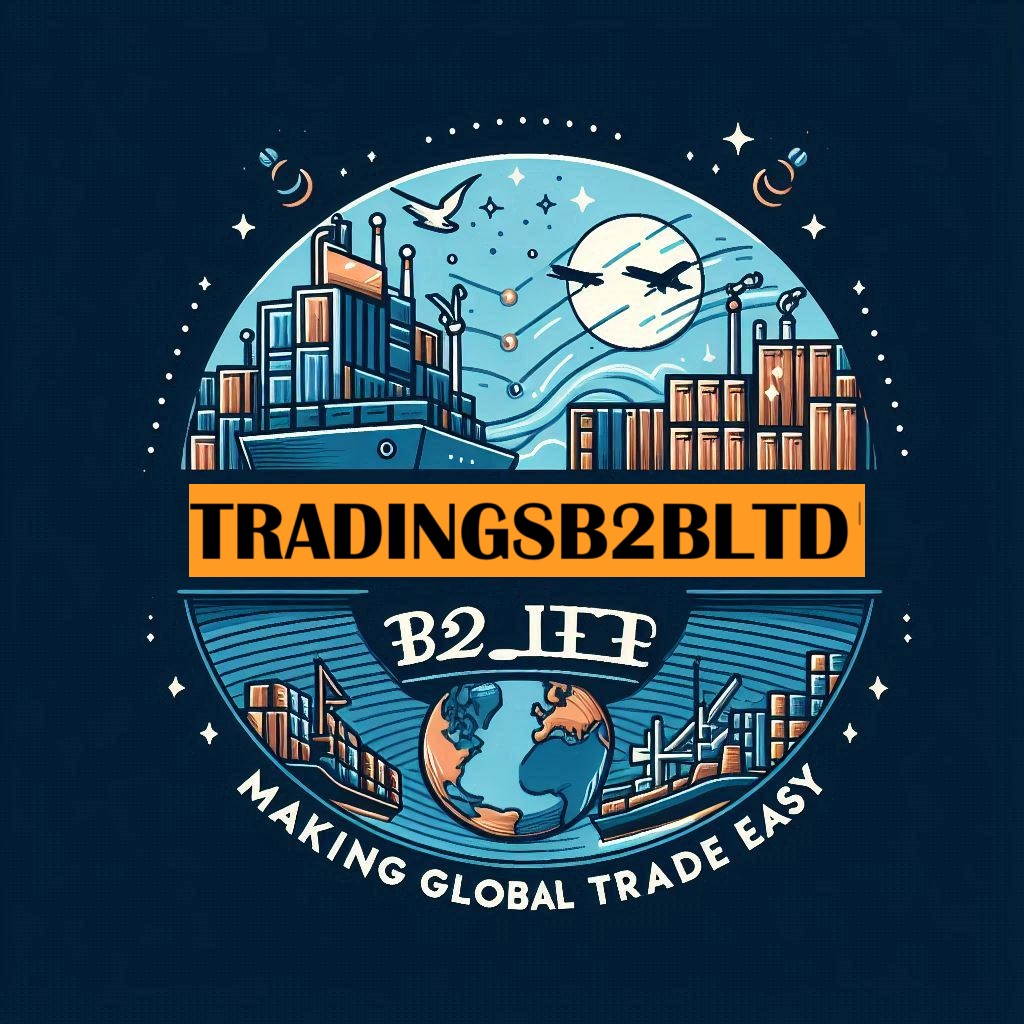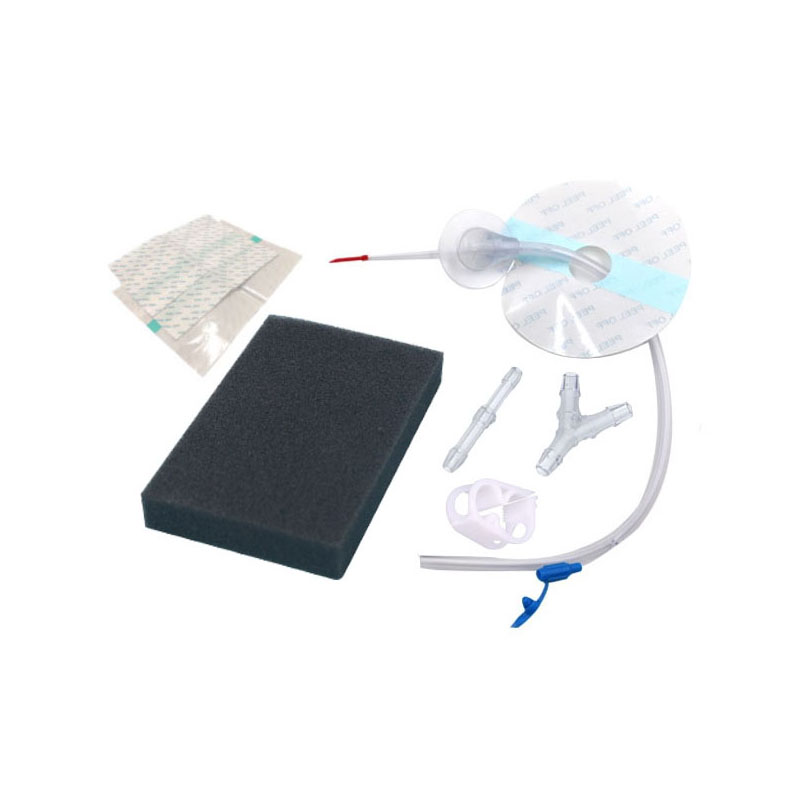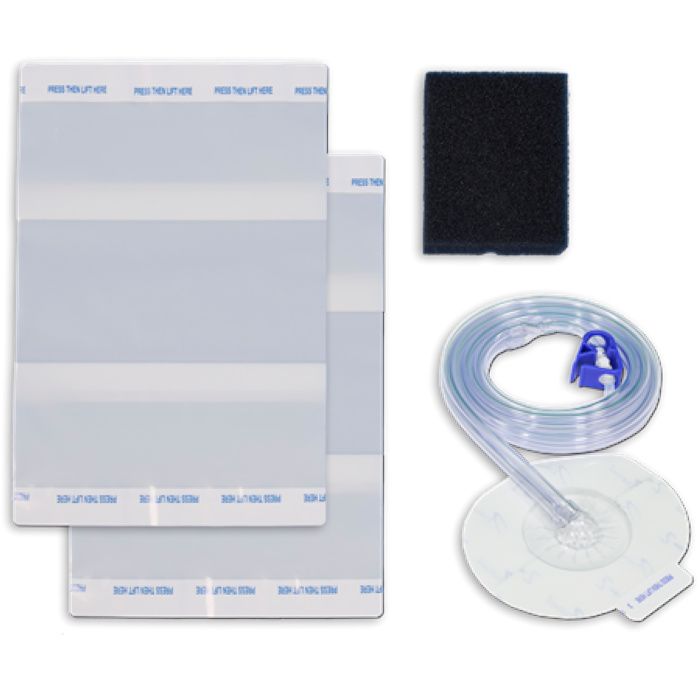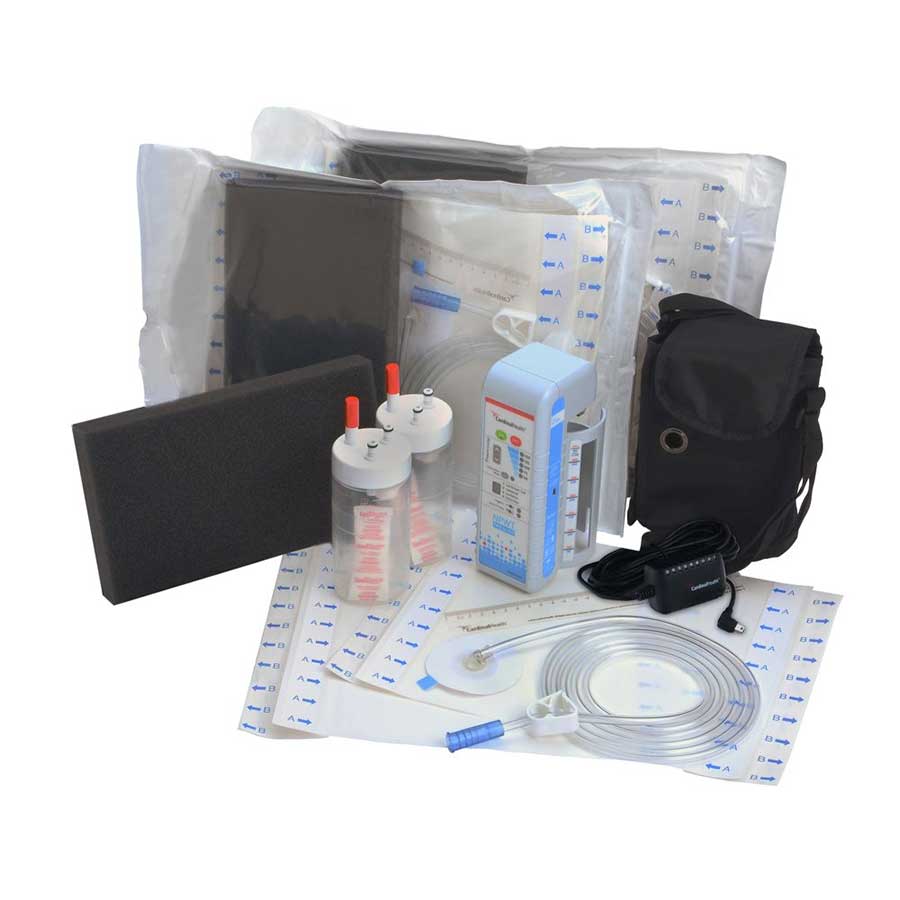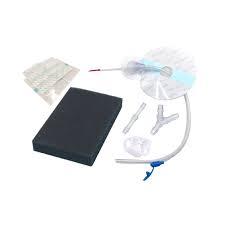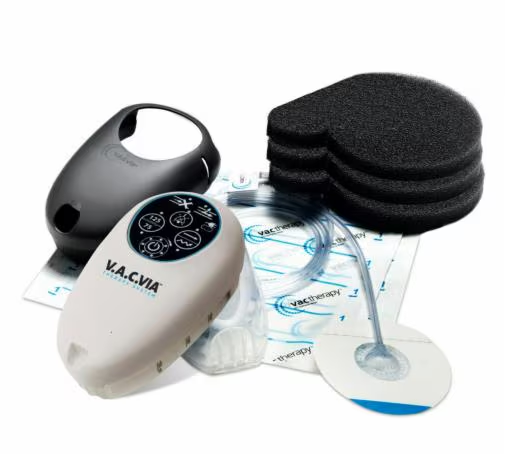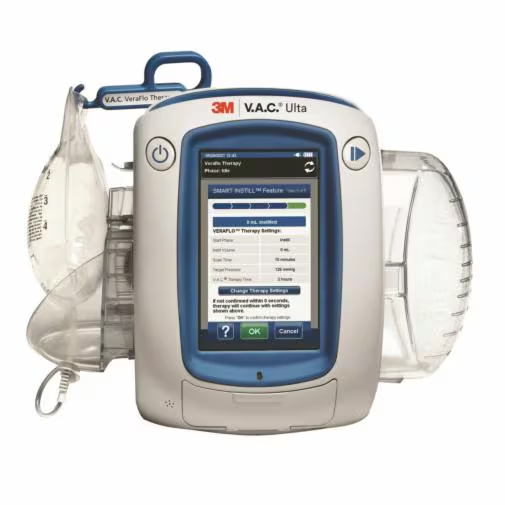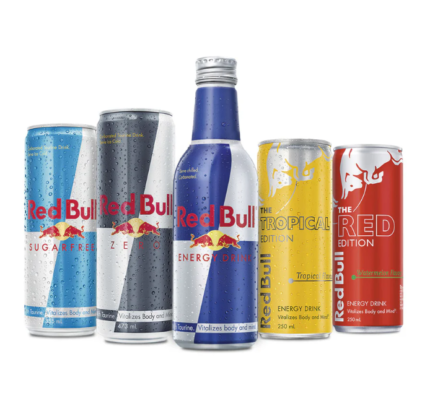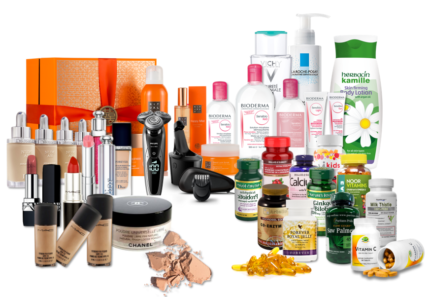Description
Negative Pressure Wound Therapy (NPWT) kits represent a significant advancement in the treatment of complex wounds, particularly those that are chronic or have not responded to standard care methods. This innovative technique employs a vacuum dressing system that applies sub-atmospheric pressure to the wound bed, promoting a conducive environment for healing. The kits typically include an airtight dressing, a vacuum pump, and a collection canister, making them user-friendly and adaptable for various clinical settings. By drawing out excess fluid, reducing edema, and enhancing blood flow to the area, NPWT accelerates granulation tissue formation and supports the body’s natural healing processes.
The versatility of NPWT kits allows them to be utilized in a variety of wound types, including surgical wounds, pressure ulcers, and diabetic foot ulcers. They can be used in both inpatient hospital settings and outpatient care, demonstrating their flexibility in treatment plans. Additionally, NPWT can help to manage infection risk by maintaining a moist wound environment while simultaneously allowing for continuous drainage of exudate. This capability not only improves patient comfort but also helps to minimize the risk of complications, thereby enhancing overall recovery times.
Despite the plethora of benefits associated with NPWT kits, they are not without challenges. Proper training for healthcare providers on the correct application and management of these systems is essential to maximize their effectiveness. Furthermore, cost considerations can be a barrier, as the investment in supplies and equipment may be significant, particularly for outpatient facilities. Nonetheless, with ongoing research and advancements in technology, NPWT continues to evolve, solidifying its role as an essential option in modern wound care management. As medical professionals increasingly recognize the advantages of NPWT, its integration into treatment protocols is likely to expand, offering hope to patients dealing with challenging wound conditions.
